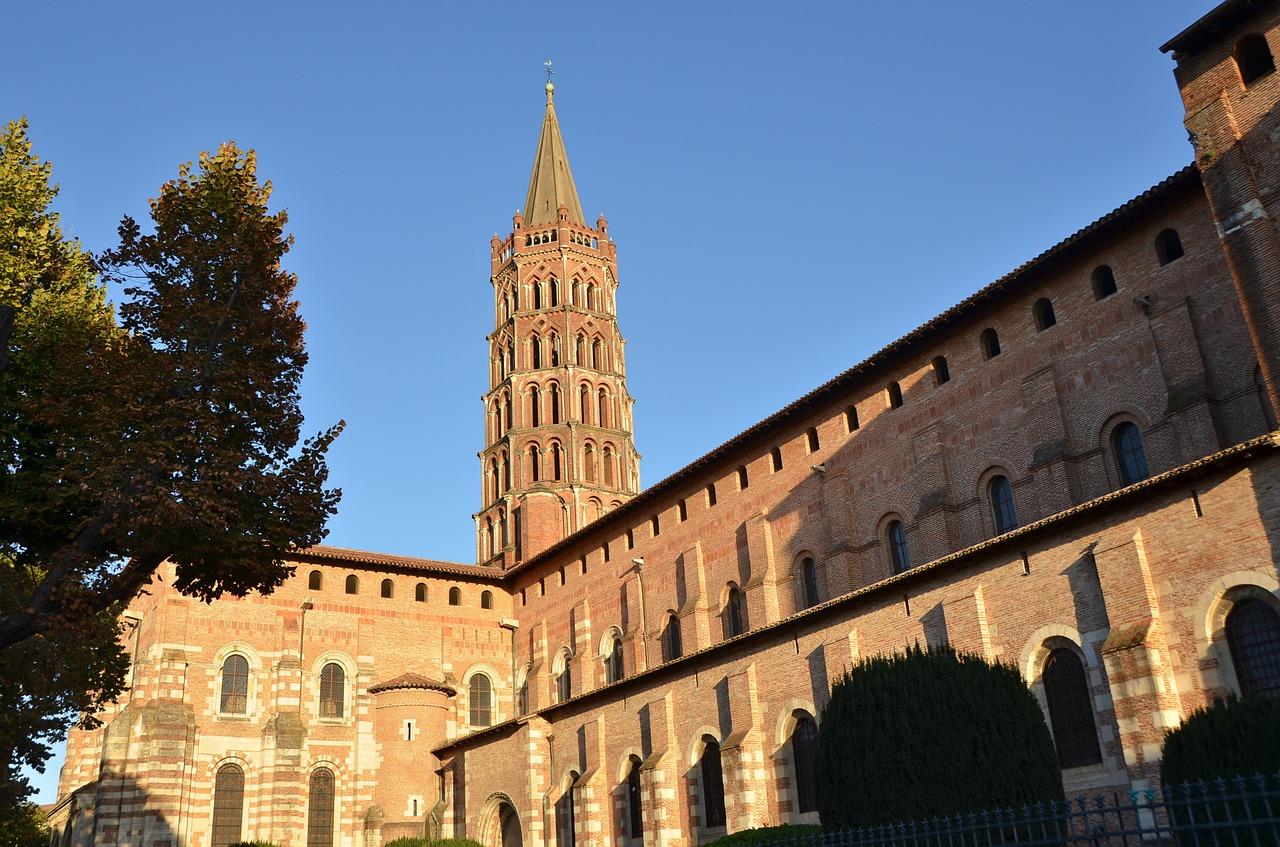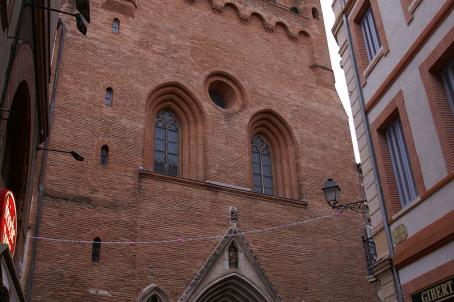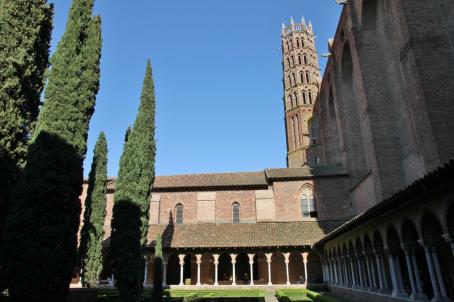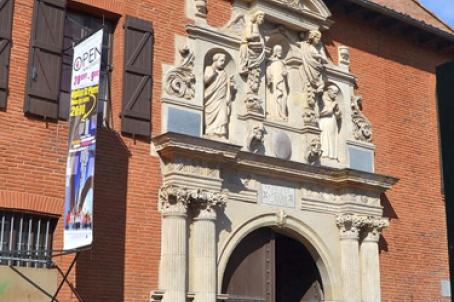Basilica of Saint-Sernin
The Saint-Sernin basilica of Toulouse is a sanctuary built in the 11th century, and was one of the most important pilgrimage centers in Europe. As an abbey (until the French Revolution), it was served by a canonical community. Saint-Sernin is one of the largest Romanesque churches preserved in Europe, with the Speyer Cathedral in Germany. It is also a UNESCO World Heritage Site since 1998.
About this building
The collegiate church is a masterpiece of Romanesque architecture. The construction of the building began in 1170, and in 1096, during the passage of Urbain II, the majority of the chevet was built and the transept grandstands started. But the work slowed down and the nave was only completed in the 14th century. The restoration work undertaken by Viollet-le-Duc began in 1860. In 1979 and 1989, the Commission des Monuments Historiques decided to "restore" the building, Viollet-le-Duc's interventions being subject to much debate.






